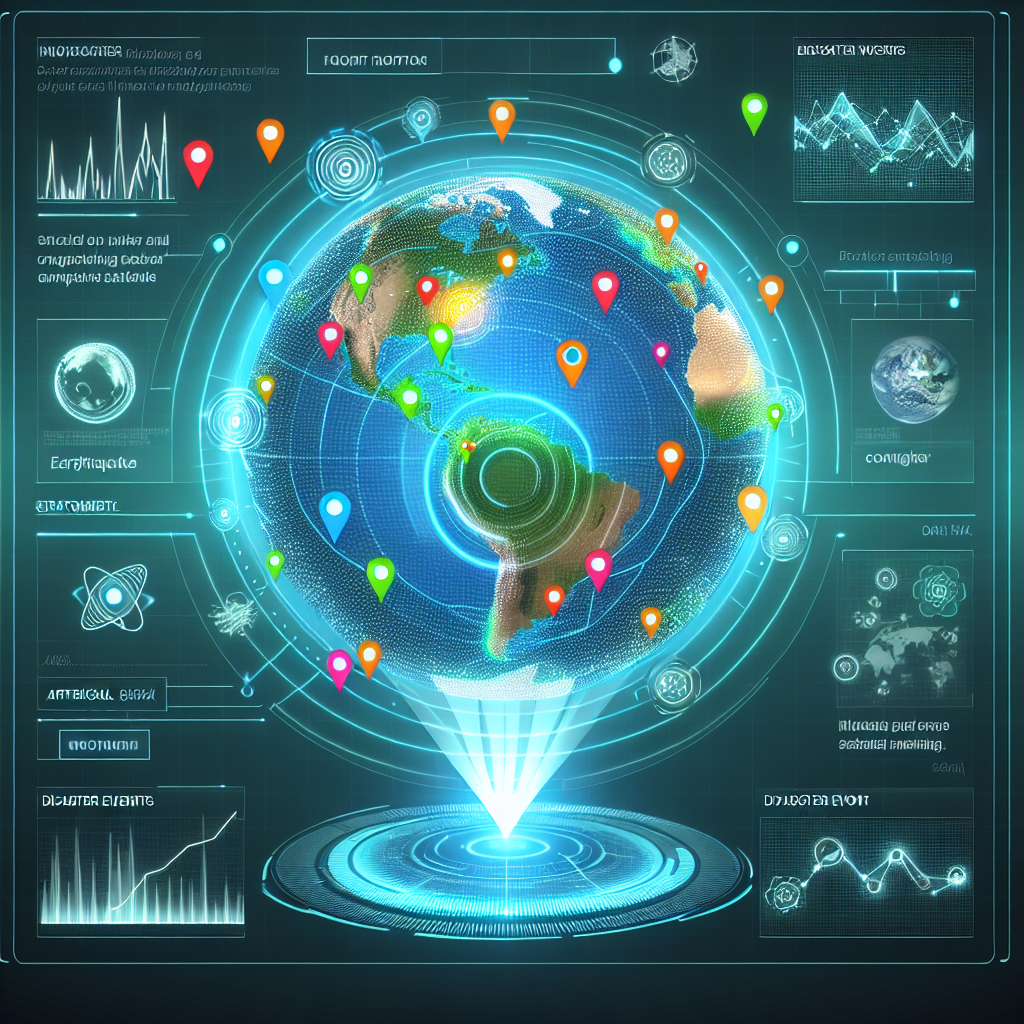AI Software: Enhancing Disaster Recovery Planning
In recent years, the importance of disaster recovery planning has become increasingly apparent as organizations around the world face the threat of natural disasters, cyber-attacks, and other unexpected events. In the event of a disaster, having a robust and comprehensive disaster recovery plan in place can mean the difference between a quick recovery and a prolonged period of downtime and financial loss.
One of the key tools that organizations are turning to in order to enhance their disaster recovery planning is artificial intelligence (AI) software. AI software has the ability to analyze vast amounts of data, identify patterns and trends, and make real-time decisions that can help organizations respond more effectively to disasters and minimize their impact.
There are several ways in which AI software can enhance disaster recovery planning, including:
1. Predictive Analytics: AI software can analyze historical data and identify patterns that may indicate the likelihood of a disaster occurring in the future. By using predictive analytics, organizations can better prepare for potential disasters and take proactive steps to mitigate their impact.
2. Real-time Monitoring: AI software can monitor systems and networks in real-time, detecting anomalies and potential issues before they escalate into full-blown disasters. This real-time monitoring can help organizations respond more quickly and effectively to disasters as they unfold.
3. Automated Response: AI software can be programmed to automatically respond to disasters based on predefined rules and parameters. For example, AI software can automatically initiate backup procedures, redirect network traffic, or shut down systems in the event of a cyber-attack or natural disaster.
4. Data Recovery: AI software can help organizations recover data more quickly and efficiently in the aftermath of a disaster. By analyzing data storage systems and identifying the most critical data, AI software can prioritize recovery efforts and ensure that organizations are able to resume operations as soon as possible.
5. Resource Allocation: AI software can help organizations optimize their resources during a disaster by analyzing data and making recommendations on how best to allocate manpower, equipment, and other resources. This can help organizations respond more effectively to disasters and minimize their impact on operations.
In addition to these benefits, AI software can also help organizations improve their disaster recovery planning by providing insights and recommendations based on real-time data analysis. By leveraging AI software, organizations can make more informed decisions and better prepare for potential disasters.
FAQs
Q: How can AI software help organizations prepare for potential disasters?
A: AI software can help organizations prepare for potential disasters by analyzing historical data, monitoring systems in real-time, automating response procedures, and optimizing resource allocation.
Q: Can AI software help organizations recover data after a disaster?
A: Yes, AI software can help organizations recover data more quickly and efficiently by analyzing data storage systems, prioritizing recovery efforts, and providing recommendations on how best to allocate resources.
Q: What are some of the key benefits of using AI software for disaster recovery planning?
A: Some of the key benefits of using AI software for disaster recovery planning include predictive analytics, real-time monitoring, automated response, data recovery, and resource allocation optimization.
Q: How can organizations implement AI software for disaster recovery planning?
A: Organizations can implement AI software for disaster recovery planning by working with a trusted AI software provider, developing a comprehensive disaster recovery plan, and integrating AI software into their existing systems and processes.
Q: What are some of the potential challenges of using AI software for disaster recovery planning?
A: Some potential challenges of using AI software for disaster recovery planning include the need for specialized expertise, potential integration issues with existing systems, and concerns about data privacy and security.
In conclusion, AI software has the potential to greatly enhance disaster recovery planning for organizations of all sizes and industries. By leveraging the power of AI, organizations can better prepare for potential disasters, respond more effectively in the event of a disaster, and recover more quickly and efficiently. As the threat of disasters continues to grow, AI software will play an increasingly important role in helping organizations protect their data, systems, and operations.

